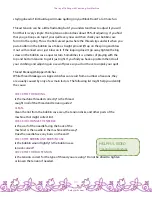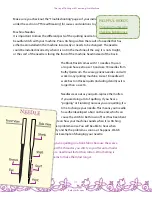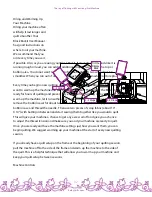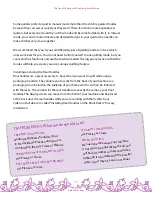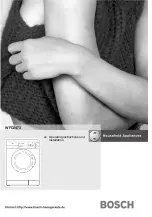
The Joy of Quilting with Your Long-Arm Machine
42
KathyQuilts.com
4. Stitching the bottom, top, and batting together:
• Pick up the top edge of your quilt top and lay it evenly on the top edge of your
batting matching the center of the quilt top to the center of the quilt back.
• Start your machine on the left side of the quilt and serpentine stitch*GLOSSARY
across all three layers on this top edge, making sure to secure the quilt top to the
batting and quilt back.
• Roll the “quilt top” rail until your quilt is flat and has even tension (IMPORTANT: you
do not want it to be too droopy or too tight, but allow the quilt top to have a little
bit of give)
• Secure your bungee clamps on each edge of your quilt
• NOW YOU ARE READY TO BEGIN QUILTING!
Traditional Method of Loading a Quilt
Instead of securing the quilt top with a serpentine stitch, pin the centers together and
then proceed to pin all three layers to the “take up rail” leader along the top edge
Both methods allow you to quilt up to a quarter inch away from the edge. You may
choose to float your quilt top if you have a scalloped edge of a quilt, thus making it
harder to pin to the leaders and maximize your quilting area. Both methods are good
ways to secure your quilt to the cloth leaders so it really is a personal preference with
which option you choose.
TIP FROM KATHY: Pin a few inches apart at first then go back through and fill in the spots
that are pinless—you want it to be very secure for good tension
Rolling your quilt and keeping quilt tension
Keeping correct tension on your quilt is very important. As you progress from the top of
your quilt to the bottom, it is important to keep the quilt top and back smooth without
tucks, especially as you are rolling the rails. The rails need to be tight enough that your
quilt is not drooping, but not so tight that you could bounce a coin off the quilt top.
There needs to be a little give. This will help avoid breaking needles and thread.



